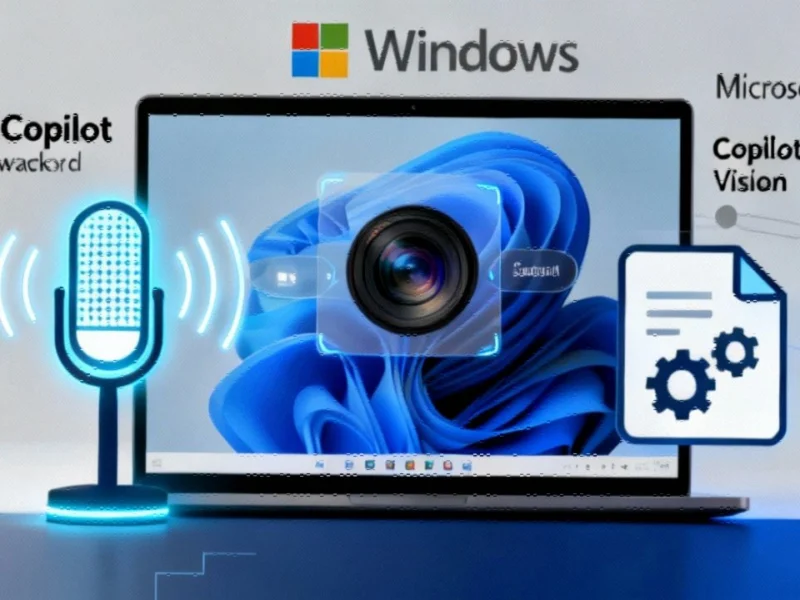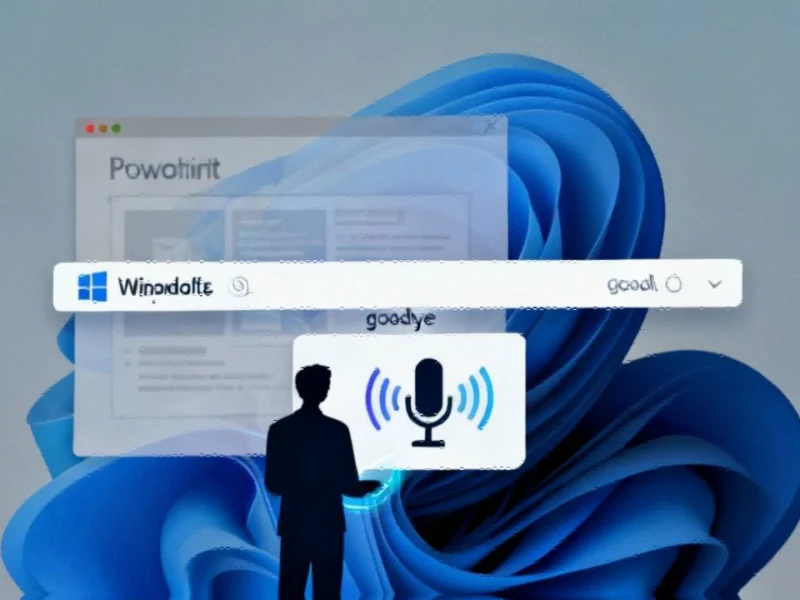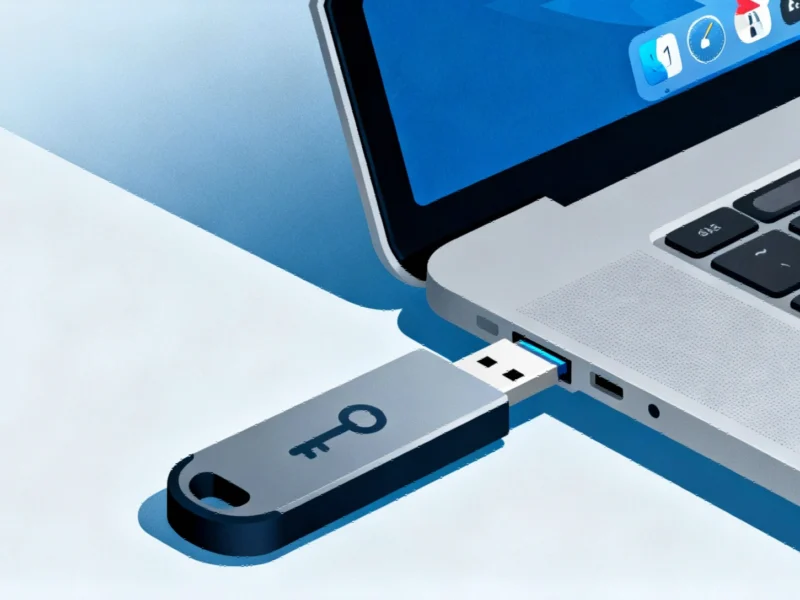Note: Featured image is for illustrative purposes only and does not represent any specific product, service, or entity mentioned in this article.
Microsoft’s Ambitious AI Integration Strategy
Microsoft is fundamentally reimagining the Windows 11 experience through comprehensive AI integration, positioning every compatible PC as an intelligent Copilot hub. This strategic shift represents one of the most significant industry developments in enterprise computing this year, potentially transforming how businesses approach workplace productivity and automation.
Yusuf Mehdi, Microsoft’s Executive Vice President and Consumer Chief Marketing Officer, emphasized that the company aims to make “the most powerful AI more accessible” by embedding Copilot directly into core Windows operations. This vision aligns with Microsoft’s broader AI-first platform transformation that industry analysts have been tracking closely.
Voice, Vision, and Automation Capabilities
The introduction of “Hey Copilot” as a wake word marks a significant step toward hands-free computing, with Microsoft reporting that voice interactions double user engagement compared to text-based queries. This voice activation system allows users to summon assistance naturally, creating a more intuitive human-computer interaction model.
Perhaps more transformative is Copilot Vision, which enables real-time screen analysis and guidance. The system can highlight interface elements, explain tools, and walk users through complex workflows. The forthcoming Highlights feature responds to “show me how” requests with step-by-step visual instructions, potentially reducing training time and support costs for enterprise IT departments.
Local File Actions and Productivity Enhancements
Microsoft’s experimental Copilot Actions represents a bold step toward practical AI implementation. The system can perform tasks on local files—from organizing photos to extracting text from PDFs—while maintaining user control throughout the process. This local processing approach addresses privacy concerns while delivering tangible productivity benefits.
The integration extends to File Explorer with new shortcuts that turn natural language requests into immediate results. Tools like Manus can build websites using locally stored documents and images, while Filmora integration streamlines video editing workflows. These capabilities reflect how Microsoft’s AI-first strategy raises important questions about the future of software interfaces and user experiences.
Cross-Platform Connectivity and System Integration
Copilot’s new connector framework enables unprecedented integration across services including OneDrive, Outlook, Gmail, Google Drive, and various calendar applications. This unified approach allows the AI to retrieve information across accounts with single queries, potentially saving countless hours previously spent navigating between applications.
The assistant now extends beyond productivity tasks to system management, responding to requests like “make my screen easier to read” by navigating directly to appropriate settings. This holistic understanding of both user content and system environment positions Copilot as a comprehensive computing companion rather than a simple query tool.
Enterprise Implications and Security Considerations
Microsoft’s “responsible rollout” approach includes default-off settings for sensitive features like Copilot Actions, with visible, pausable operations requiring approval for critical steps. This cautious deployment strategy aligns with the company’s Secure Future Initiative, establishing privacy and security standards for AI experiences across Windows platforms.
These related innovations in AI implementation come at a time when businesses are reevaluating their technology investments. As noted in recent analysis of workforce stability and strategic investments, companies are increasingly prioritizing technologies that enhance productivity while maintaining security and control.
Market Position and Competitive Landscape
Microsoft’s aggressive AI integration places Windows 11 at the forefront of the intelligent computing revolution, potentially creating significant competitive advantages. The company is actively encouraging upgrades from Windows 10 to Windows 11 or Copilot+ devices to ensure users can access these new capabilities.
This strategic direction reflects broader market trends toward AI-enabled computing environments. As highlighted in coverage of creative leadership appointments, technology companies across sectors are strengthening their AI capabilities and leadership to capitalize on this transformative shift.
The Future of AI-Enabled Computing
With most Copilot Vision features already available globally and additional capabilities like text-based Vision and local file actions arriving in preview, Microsoft is establishing a new paradigm for operating system intelligence. The staged rollout through Copilot Labs and the Windows Insider Program ensures user feedback shapes final implementations.
This comprehensive AI integration represents more than just feature additions—it signals a fundamental rethinking of how users interact with their computing devices. As these capabilities mature, they may redefine productivity standards across industries, making intelligent assistance an expected component of every computing experience rather than a separate application.
This article aggregates information from publicly available sources. All trademarks and copyrights belong to their respective owners.



